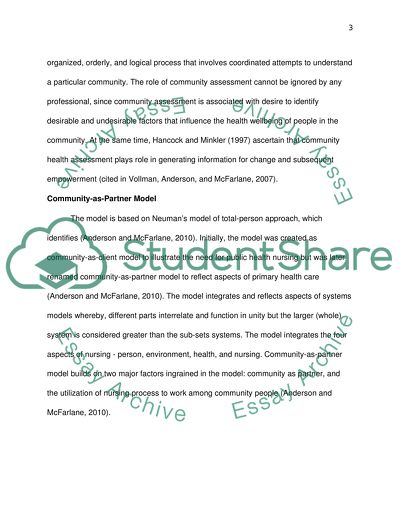Cite this document
(“COMMUNITY ASSESSMENT AND DIAGNOSIS Essay Example | Topics and Well Written Essays - 2500 words”, n.d.)
Retrieved de https://studentshare.org/nursing/1391714-community-assessment-and-diagnosis
Retrieved de https://studentshare.org/nursing/1391714-community-assessment-and-diagnosis
(COMMUNITY ASSESSMENT AND DIAGNOSIS Essay Example | Topics and Well Written Essays - 2500 Words)
https://studentshare.org/nursing/1391714-community-assessment-and-diagnosis.
https://studentshare.org/nursing/1391714-community-assessment-and-diagnosis.
“COMMUNITY ASSESSMENT AND DIAGNOSIS Essay Example | Topics and Well Written Essays - 2500 Words”, n.d. https://studentshare.org/nursing/1391714-community-assessment-and-diagnosis.


